Table of Content
10 Best React Native Component Libraries to use
The decision of choosing React Native for developing mobile apps is rightly made since there are many set examples of companies like Tesla, Airbnb and others who have grabbed customer attention easily. The initialization of React Native was made by Facebook to accelerate the mobile app development facility and save on the majority of native app development costs.
React Native has multiple general purpose UI components under it performing a plethora of functions individually. Also, under the umbrella of React Native, we have seen that there are other customizable UI components also used to render JavaScript and then calls the Objective-C or Java API to display the associated iOS or Android component. This bridge adds an extra layer of abstraction, which may result in a longer and more arduous development process.
You would have seen many renowned companies using React Native for creating their native mobile apps. Similarly, if you want your app to speak for itself then you must know how to use react native components and how it works inside out. This blog will explicitly show all the essential react native component libraries.
1. About React Native
Launched back in 2015, React Native has gained an immense amount of popularity across the internet. With an objective to balance the cycle and user experience, Hybrid frameworks are seen evolving with the time passing by. Again this gave rise to React Native development space.
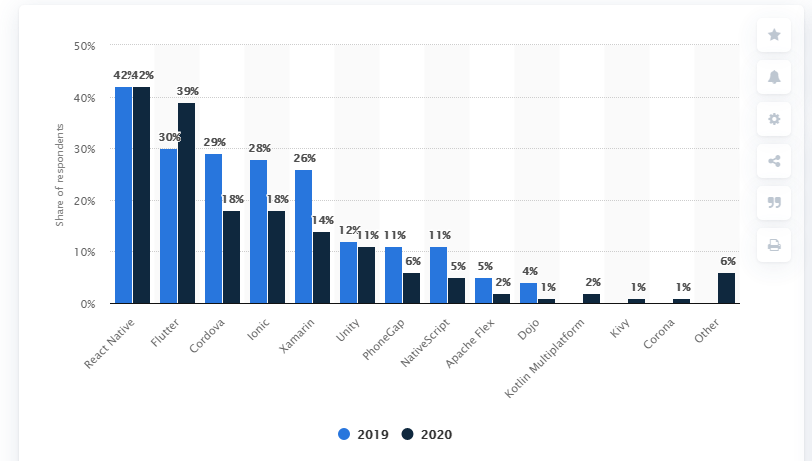
1. What is React Native?
React Native is a JavaScript framework mainly used to write real, natively rendering mobile apps for iOS and Android. In short, mobile programmers can kill two birds with an arrow – write mobile and web apps in such a way that look and feel truly “native”.
Under the React Native hood, developers cannot just expose JavaScript interfaces for platform APIs but also invoke the native rendering APIs in Android and ioS, i.e. Java and Objective C respectively. Right from Facebook to Palantir and TaskRabbit are some anecdotes which have already been used for creating user-facing applications.
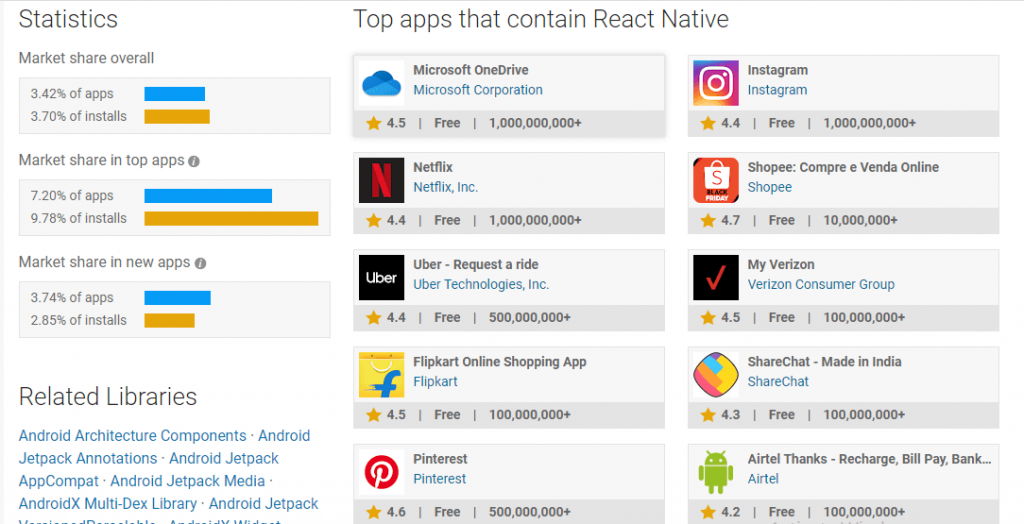
Imagine the technology being used to rule the entire mobile space. You heard it right, according to sources, this one has been used to create over 29K applications with over 27 billion downloads.
2. What are React Native Components?
If React Native is chosen as a primary Mobile app development framework for your next project, then you must make yourself familiar with some important terminologies like built in UI Components, Props, JSX and States. Describing each of them in detail would be beyond the context of this article, but let’s have a quick look at all the components before we indulge into exploring some of the most commonly used UI component libraries.
Components for React Native are the building blocks of any React native app and a typical React Native app will have plenty of them in it. If we try to describe them in layman terms, a component is a JavaScript class or function that optionally accepts inputs i.e. properties(props) and returns a React Native element that describes how a section of the UI (User Interface) should appear.
React Native consists of different types of accessible components as below:
- Fully Customizable Components
- Community-backed Components
- Core Components
2. Common React Native Components Libraries
Here is the comprehensive list of some commonly used React Native component libraries which comes in handy for the developers working with tight deadlines for deliverables. By using them you won’t be just able to kickstart your native project quickly but save an ample amount of time and end up delivering within the stipulated timeline. They are:
- Quick to install
- Assist in launching required features without much time investment
- Refined code structure for improvement & scaling
- Ease in starting the creation phase
- Clear documentation for handholding & assistance
Further below we would like to get you acquainted with some of the best react native UI Component libraries to consider.
1. NativeBase
Rewriting the production ready components for different platforms is not an easy task at all. Thanks to React Native – a dynamic front-end. It is a rare gem which not only shines but encompasses a beautiful collection of essential React Native components library. For starters, this place is great to get going with your React Native development project.
NativeBase is thoroughly open-sourced and GitHub comprises 13000+ stars native ui library. However, React Native elements such as the themes, features and screens come at a premium price. By keeping a similar JavaScript codebase for Android and iOS, React Native programmers can accomplish a local design and feel for your application. Their open-source ventures incorporate:
- A Native starter application
- A Twitter Clone application
- A ToDo application
- An instructional exercise application
Here details including animation files, accessibility and UI logic are taken care of. In their excellent bushel, you’ll discover a plethora of commercial React Native apps for booking, rentals, work postings and that’s just the beginning.
2. React Native Firebase
Those who have already used React Native must be knowing this one because its way popular. For others, it is a comprehensive technology consisting of several tools and services to build, scale and monetize native applications.
The one is a collection of essential cross-platform React Native components and is a good place to start building your mobile app. However, instead of using native web components, it uses highly customizable native components.
This React Native component library helps leverage the entire Firebase app. For example, you can use all the Firebase services and tools by integrating them using this official native UI library by Firebase.
3.Shoutem
Shoutem is a 3.5K star rated React Native component library featuring react native UI Components, Themes and component Animations. Here what happens is React native experts get a set of cross-platform ui toolkit components for each area – both iOS and Android. Now the thing is they both are supposed to be composable and customizable.
One of the most interesting features of the UI library is that each has a predefined style which never changes no matter what. It remains consistent with the rest, maybe that’s the reason why creating complex components and that too without defining styles on the manual basis is possible.
4. React Native Gifted Chat
This is one of the most popular native UI component libraries for building user interfaces with JavaScript.
Now communication is something which cannot be ignored at any rate. Chats are the best and easiest method that must be included in a mobile app. Here building and launching a chat platform is possible -all thanks to the React Native Gifted Chat. Every component offered by the library is fully customizable. Right from composer actions to creating an avatar for profiles, text inputs, loading messages, copy messages, and enhancing the bot functionality everything is taken care of in the React Native UI Component.
5. React Native CodePush
Utilizing this React Native advancement library, CodePush can deliver changes to a current creation of the mobile app without experiencing the audit cycle of the App Store (Apple affirms this). Plus the clients no longer require refreshing their applications again and again. It empowers React programmers to fix bugs on the fly or delivery highlights with a ton of flexibility whenever required.
It obviously has some impediment to what in particular expand you can make changes in a codebase despite that, it succeeds. It’s an unquestionable requirement one must take into account.
6. UI Kitten
Again with 3K stars,React Native UI Kitten offers an adjustable and reusable React native component unit dependent on the idea of moving style definitions into a particular spot making all these UI components styled in a solitary manner. Themes can be fairly effectively changed “on the fly” bypassing an alternate arrangement.
A good rule of thumb is that if a part of your UI is used several times such as a button, panel or anything else, it is a positive aspect in the eyes of the end-user.
7. React Native Lottie
Apart from chat apps, animations is another aspect to take into account when creating a mobile app. All animations are created in JSON format and the size of these are extremely small. As a result, it became extremely easy to React Native developers to handle the project.
Overall this library, in particular has the potential to make the React Native UI as simple, exciting and easy to use by exporting animation data.
The best part of React Native Lottie is that it is free, comprising animations which can be used in the project.
8. React Native Paper
React native paper is another material design-focused library that has more than 5K stars on GitHub. The library supports web, iOS and Android platforms which is mainly used to create cross-platform apps in an efficient manner.
With capabilities such as spellbinding documentation and progressed parts, it tends to be utilized to actualize material designs standards rapidly.
Having enormous community support, this React Native component is an open-source library that has React Native Paper for React Native application development as far as material design UI is concerned.
9. Material Kit React
Material Kit React Native offers a free native app layout including material designs. It overhauls the most widely recognized native components to keep things negligible and be on top of Google’s material design because of the Galio tech. It’s anything but easy to utilize and incorporates 200+ high-quality view components such as catches, cards, route and sources of info.
With nearly 300 stars on Github, React Native Material Kit UI Component offers a Pro version too that gives you access to more example pages and documents.
10. RNUILIB
With more than 60 native components in this unit, RNUILIB strikes almost 2,000 stars on Github. Don’t believe us? Why don’t you check it out yourself? Take a look at the live examples accessible before you use it in your venture.
Some of the core components are an animated image, a scanner to indicate progress, avatars to display profile images, basic buttons and gradient slider components.
3. Conclusion
That’s it! We hope the following post was useful enough for you when looking around for the most effective React Native component libraries and ready-made solutions. In case, if you are still confused, feel free to connect with a leading React development company eTatvaSoft.
More useful resources:
How much does it Cost to Develop an Application in React Native
React Native Vs Ionic: Which is the Best framework for Mobile App Development

Hardik Dhanani has a strong technical proficiency and domain expertise which comes by managing multiple development projects of clients from different demographics. Hardik helps clients gain added-advantage over compliance and technological trends. He is one of the core members of the technical analysis team.
With the time passing by, web applications today have evolved to a great extent. Earlier web apps were simple static pages where it didn’t matter...
 Feb 25, 2021
Feb 25, 2021 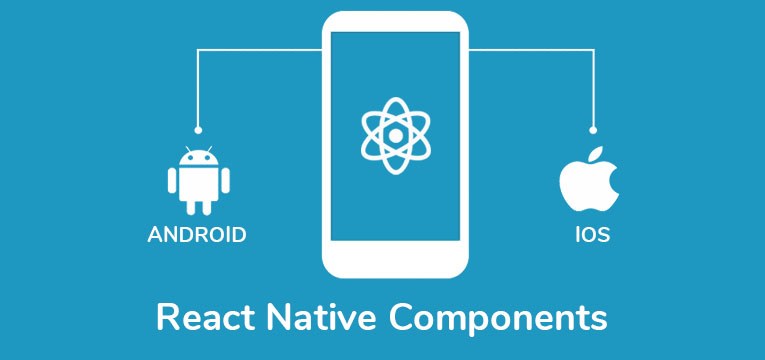
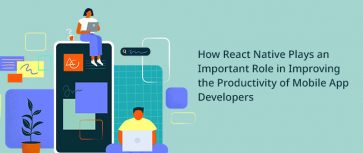

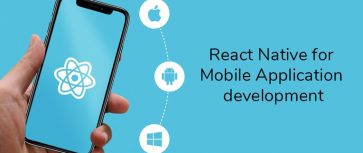
Hi, I must say this one is an extremely useful resource/list. Being a react native developer, this would be the best resource to learn in-depth about react-native component libraries.